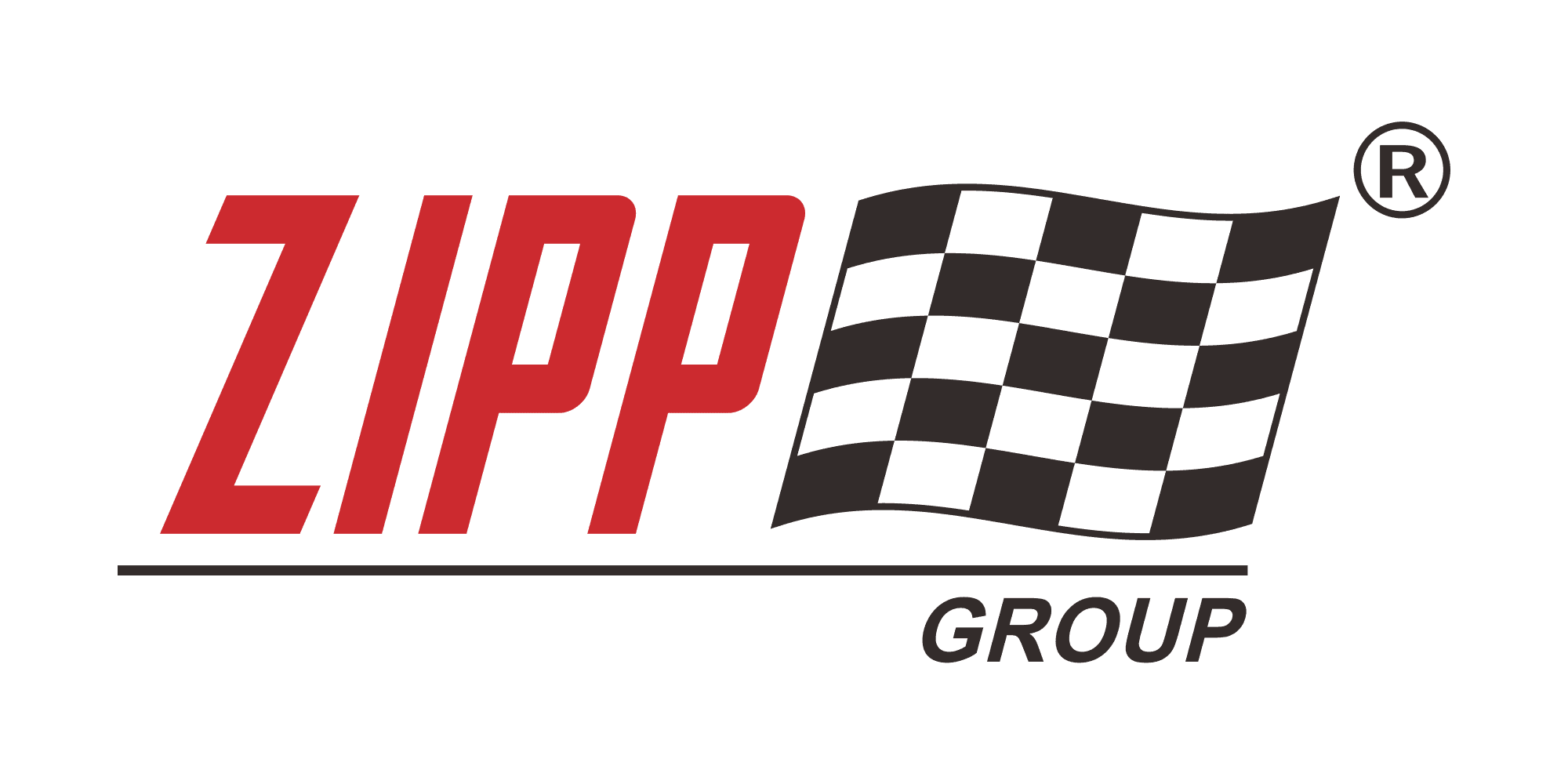Compressed air is often referred to as the “fourth utility” in manufacturing, following electricity, water, and gas. However, unlike the others, compressed air is generated on-site, and its use can be expensive if not managed properly. A well-designed air line system is essential for maximizing efficiency, minimizing pressure drop, and ensuring the longevity of tools and equipment. Whether you’re setting up a new workshop or upgrading an existing facility, understanding the fundamentals of a good air line system is crucial.
1. Start with the Right Compressor
At the heart of any air system is the compressor. A good air line system starts with selecting the appropriate compressor size and type based on:
Air flow (CFM) requirements of your tools and machinery
Operating pressure (PSI) needs
Duty cycle (how often it runs)
Air quality requirements (e.g., dry air, oil-free)
Oversizing can waste energy, while undersizing causes pressure drops and equipment failure.
2. Use Proper Piping Materials
The choice of piping material directly affects airflow, energy efficiency, and maintenance. Common materials include:
Aluminum – Lightweight, corrosion-resistant, and easy to install. Ideal for clean, efficient systems.
Copper – Corrosion-resistant and durable but more expensive.
Stainless Steel – Great for food-grade or cleanroom environments.
Galvanized Steel – Inexpensive but prone to rust and scale over time.
PVC – Not recommended due to risk of bursting under pressure.
Smooth, clean piping minimizes resistance and maintains pressure throughout the system.
3. Design for Efficiency
Practical system layout prevents unnecessary pressure drops and ensures easy maintenance:
Use loop layouts instead of dead-end systems to ensure consistent pressure.
Install drops vertically with a water trap leg at the bottom to prevent moisture in the air from affecting the tools.
Use large-diameter piping to reduce friction and pressure loss.
Minimize elbows and fittings, which increase turbulence and pressure drop.
Slope main lines downward to drainage points to encourage moisture flow to collection points.
4. Control Moisture and Contamination
Moisture, oil, and debris can severely damage pneumatic tools and end products. Use proper air treatment:
Aftercoolers – Cool compressed air and remove water vapor.
Moisture separators – Remove condensed water before it enters the system.
Filters – Remove particles and oil from the air.
Dryers – Refrigerated or desiccant dryers depending on required dryness level.
Place filters and dryers as close as possible to the point of use for optimal performance.
5. Regulate and Monitor Pressure
Maintaining the correct pressure is key to tool performance and energy savings:
Use pressure regulators at each drop to control pressure to individual tools.
Install gauges to monitor system performance and identify leaks or pressure drops.
Avoid over-pressurization, which wastes energy and increases wear.
Every 2 PSI drop in pressure can reduce energy use by 1%, so good regulation pays off.
6. Provide Maintenance Access and Drainage
Maintenance-friendly design extends system life:
Add isolation valves to sections of the system for easy repair without shutdown.
Install automatic or manual drains on filters, tanks, and low points.
Label air lines and drops clearly for faster troubleshooting.
Regular maintenance of filters, drains, and connections ensures continued performance.
7. Minimize Air Leaks
Air leaks are silent profit killers. A leak in a 1/4″ hole at 100 PSI can waste over 100 CFM – costing thousands annually in energy.
Conduct regular leak detection using ultrasonic leak detectors.
Fix leaks in couplings, hoses, valves, and fittings as soon as they are found.
Use high-quality fittings and hoses to minimize the risk of leakage.
8. Plan for Future Growth
Build your system with scalability in mind:
Install extra drops and ports to accommodate future tools that may be added.
Oversize main headers slightly to accommodate future air demands.
Use modular piping systems for easier reconfiguration.
A good air line system is more than just pipes and fittings — it’s a critical infrastructure that supports the productivity and reliability of your operations. By designing with efficiency, reliability, and future expansion in mind, you can reduce costs, protect your tools, and ensure consistent performance for years to come.
